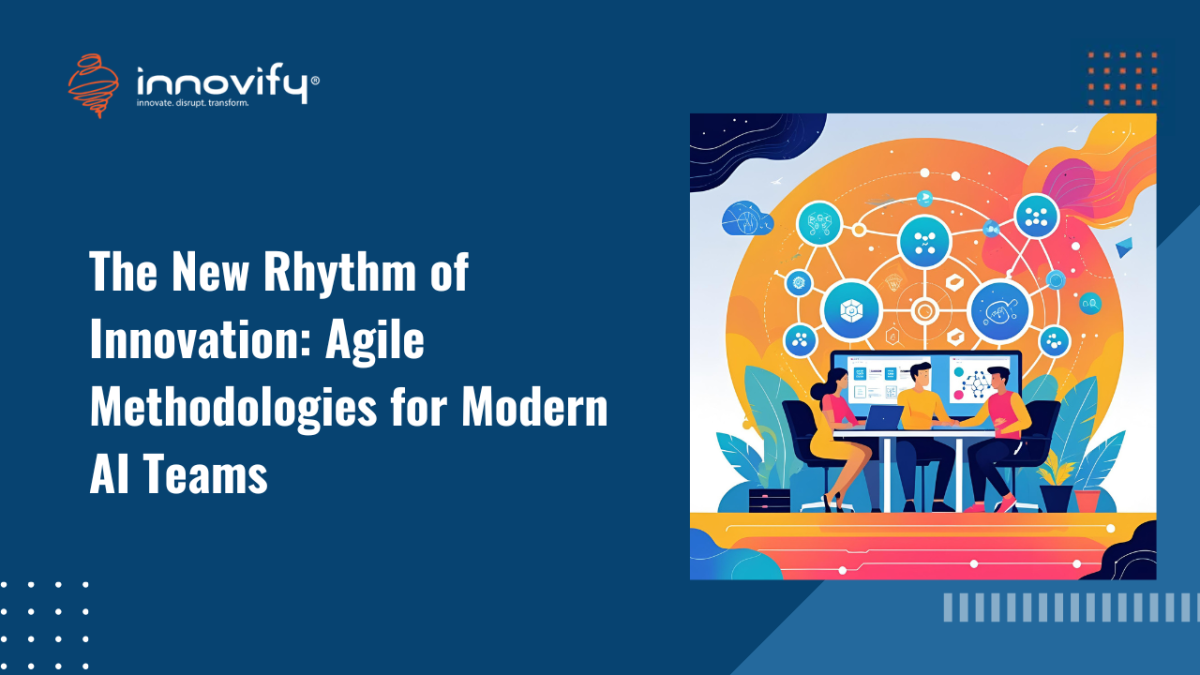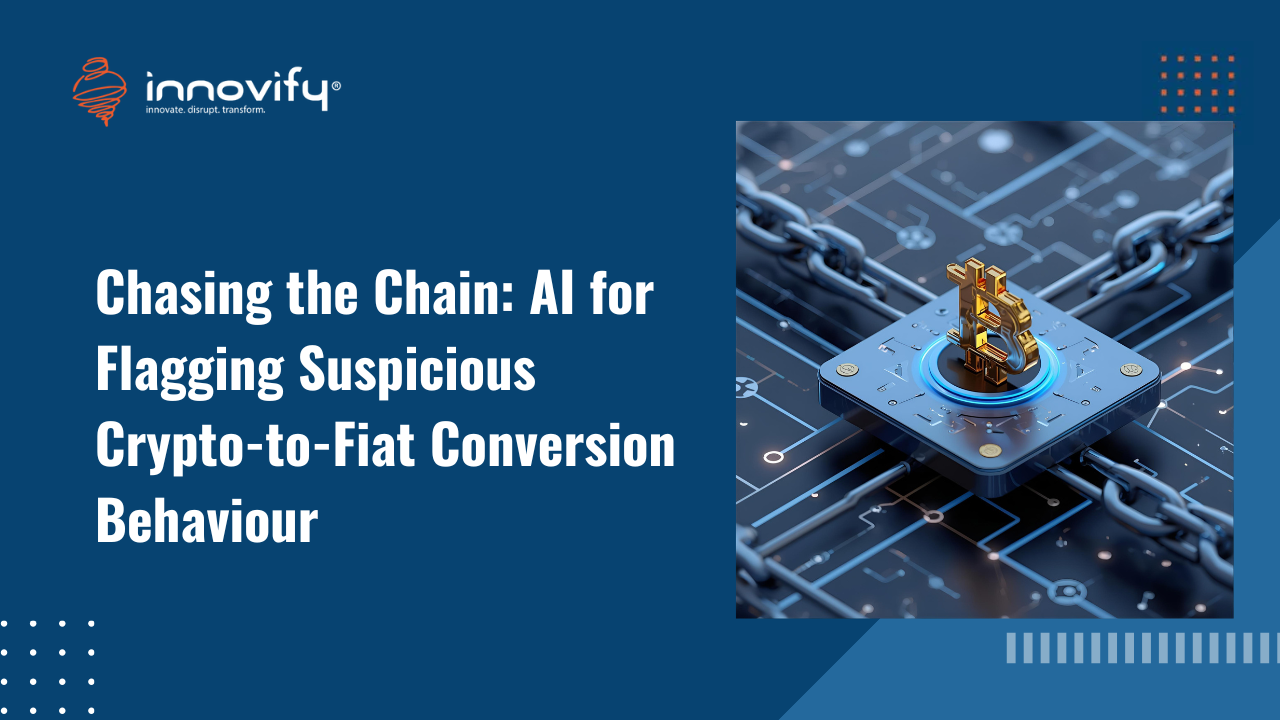AI/ML
The New Rhythm of Innovation: Agile Methodologies for Modern AI Teams
Agile development methodologies for AI product teams
Agile development has become the gold standard for software engineering, prized for its ability to foster collaboration, respond to change, and deliver value in short, iterative cycles. However, applying these principles to the unique and often unpredictable world of AI and machine learning presents a distinct set of challenges. Traditional Agile assumes a relatively clear path from feature to functionality, but AI development is inherently more exploratory, data-dependent, and research-heavy. To unlock the full potential of AI, teams must evolve their approach, embracing agile development methodologies for AI product teams that are purpose-built for the rhythm of discovery and experimentation.
The AI-Agile Disconnect
A strict, traditional Agile framework can often be at odds with the nature of AI development. Here’s why:
- Unpredictable Outcomes: Unlike building a user interface button, the outcome of an AI sprint is not a foregone conclusion. Training a model may result in poor performance, or data exploration may reveal biases that necessitate a complete change in direction. This uncertainty conflicts with the idea of delivering a predictable, “shippable increment” at the end of every sprint.
- Data as a Dependency: Data is the central component of AI, yet its availability, quality, and structure are often outside the direct control of the development team. A sprint can be derailed by bad data, a new data source, or the need for extensive cleaning and labeling, tasks that don’t fit into a standard software development cycle.
- The “Black Box” Problem: While a software feature can be easily tested and its logic understood, an AI model’s decision-making process can be opaque. This makes it challenging to define clear acceptance criteria and to debug when things go wrong, which can slow down traditional Agile feedback loops.
- Lack of Clear Roles: A traditional Agile team of developers and QAs isn’t sufficient. AI teams need a diverse mix of roles, including data scientists, data engineers, ML engineers, and domain experts, each with a different set of skills and a different rhythm of work.
Principles of AI-Centric Agile
To bridge this gap, a refined Agile approach is needed, one that prioritizes learning and business outcomes over rigid feature delivery.
- Hypothesis-Driven Development: Instead of creating a backlog of features, an AI team’s backlog should be filled with hypotheses. A sprint goal might be: “Test the hypothesis that using sentiment analysis on customer reviews will improve our churn prediction model.” The “shippable increment” at the end of the sprint is not a new feature, but the results of the experiment – be it a refined model, a new data insight, or a decision to pivot based on a failed hypothesis. This turns uncertainty into a structured process of discovery.
- Outcome-Based Planning: An effective AI team should be laser-focused on business outcomes, not just technical tasks. The Product Owner’s role is critical here – they define the business value to be achieved (e.g., “Reduce production line defects by 10%”) and the team is empowered to determine the best technical path to get there, whether that involves a simple regression model or a complex computer vision solution. This flexibility is essential for AI, where the solution isn’t always known at the start.
- Cross-Functional and Collaborative Teams: An AI-focused Agile team is not a collection of individuals working in parallel. It’s a highly integrated unit where a data scientist’s insights immediately inform an ML engineer’s deployment strategy, which in turn influences the data engineer’s pipeline. The daily stand-up is not just for updates, but for sharing learnings and unblocking dependencies across these different roles.
- Embrace “Minimum Viable Model” (MVM): Just as in software, the goal is to get a functional version out quickly. For an AI team, this means aiming for an MVM – a basic model that provides some value and can be deployed to start gathering real-world data and feedback. This iterative process of building, deploying, measuring, and refining is the core of AI product development.
By adopting agile development methodologies for AI product teams that embrace iteration, experimentation, and a focus on business outcomes, organizations can create a dynamic and efficient engine for AI innovation. It’s a process that acknowledges the unique challenges of machine learning while harnessing the power of collaboration and continuous delivery to build intelligent products that truly matter.
Ready to implement agile for your AI product team? Book a call with Innovify today.




